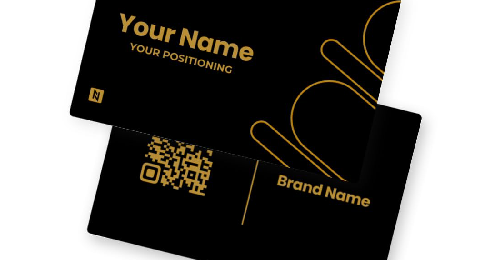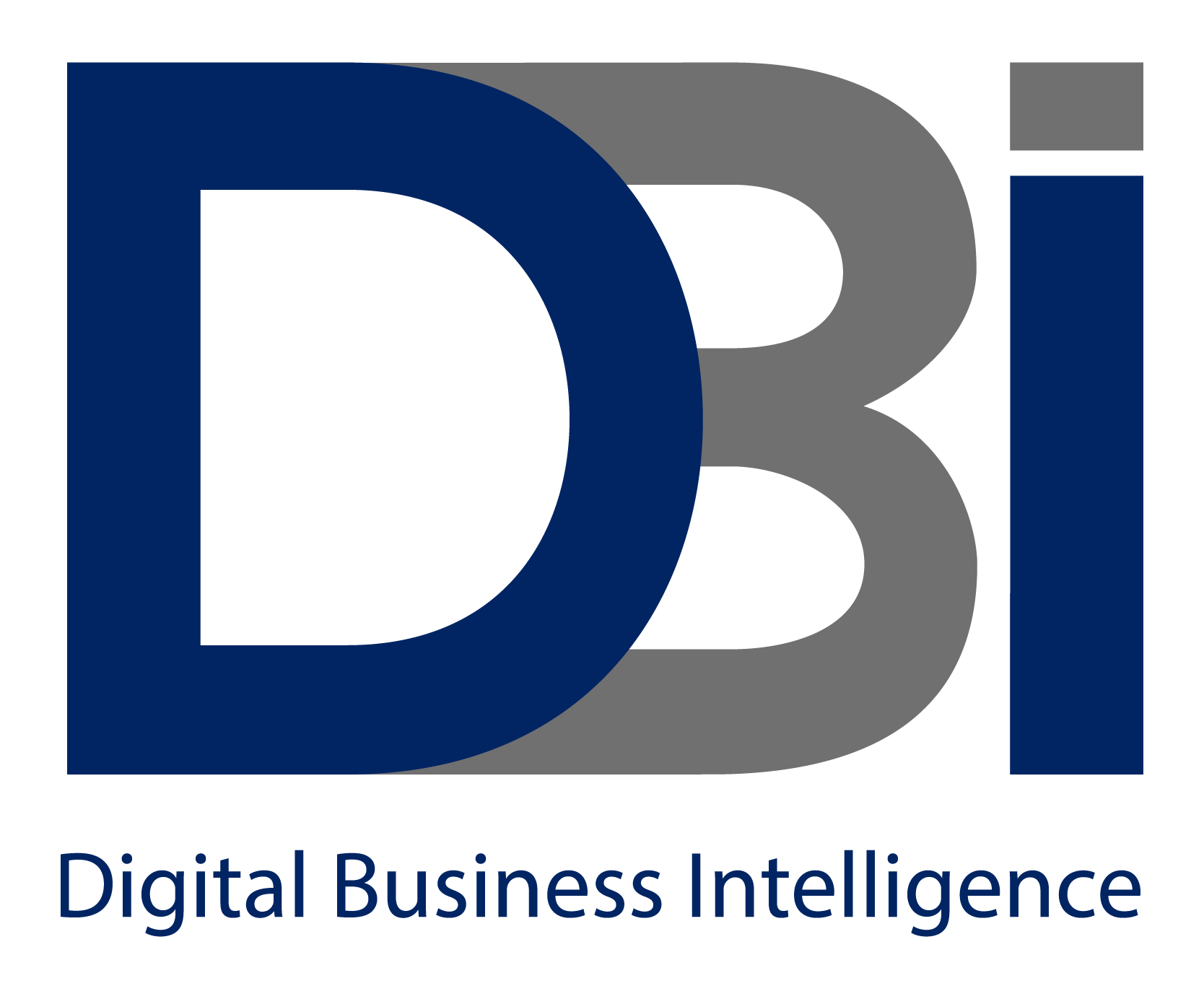You’ve come across value-based bidding if you’re seeking strategies to modernize your PPC optimization (VBB). This method entails educating Google and Microsoft’s AI systems on which types of conversions you value the most. Ad platforms can then prioritize delivering you more of the greatest conversions and greatly increase the outcomes from your ad budget by combining automated bidding and ad formats like responsive search advertisements (RSAs).
VBB may help successful advertisers improve their results, and it can also help advertisers who have tried and failed with PPC because they were unhappy with the quality of the conversions when leads were of poor quality or purchasers made too many returns.
VBB’s Guiding Principle
The principle behind value-based bidding is that automated bids should be determined by the value of the clicks and conversions that ensue. This is similar to the concept of bid management in general. However, rather than manipulating CPCs or objectives like Troas or CPA, this goal is achieved by teaching the machine the true worth of conversions.
VBB is critical in PPC in 2022 because automation is now the typical way new campaigns run, and giving automation weak or incomplete goals risks generates a vicious loop that leads to poor campaign results.
It’s similar to a social problem you might have. When you recruit someone for your PPC team, you can only expect them to deliver outstanding results if you tell them what results you’re after. If you instruct your new teammate to obtain as many leads as possible on the landing page, don’t be surprised if they aren’t all from the most trustworthy sources.
If, on the other hand, you tell your coworker that the leads generated on the landing page will be forwarded to the sales team and that they should be properly qualified, they will most likely adjust how they generate leads, and the quality will improve.
PPC Optimization with More Conversion Data
When it comes to teaching the computer the worth of your conversions, there are two levels of sophistication. First, let’s look at the more advanced and exact way. We will teach the machine what happened in the weeks following the original conversion event for every click or order.
For lead generation advertisers, the most sophisticated method of teaching the ad engines what you value is through offline conversion imports (OCI), which entails capturing the gclid or msclkid, passing it through your CRM, and then feeding it back to the ad engines within 90 days as the value of the ‘conversion’ becomes clearer.
Google recently announced Enhanced Conversions for Leads, a simplified solution that offers many of the same benefits without requiring you to store the click id in your system.
For retailers: Instead of grabbing the engine’s click ID, e-commerce advertisers can submit their unique order ID with the conversion. Advertisers can restate values to the ad engine within 55 days when the real value of the sale becomes obvious. To learn how this works, look up conversion value modifications.
If you haven’t implemented one of the three techniques above, it’s most likely not because you weren’t aware of them, but because your team’s technological limitations have made it difficult to do so. So let’s take a look at a new, easier way to optimize PPC using your conversion statistics.
It’s called Conversion Value Rules, and it allows you to instruct Google on how to value distinct conversions depending on common criteria such as location, device, or audience. While not as exact as the other ways, it is a far simpler way to train the computer to prioritize the conversions that are most important to you.
Questions that Assist you to Figure Out How Valuable Conversions are
Advertisers can use Conversion Value Rules to alter conversion values based on factors such as location, device, and audience.
Advertisers should focus on factors of a conversion that Google may not be able to see, such as lifetime value, average deal size, lead-to-sale conversion rate, returns, and so on when creating Conversion Value Rules. Google is already aware of disparities in conversion rates between different areas, but they may not be aware of what happens to conversions from different locations once they begin to connect with your company.
Let’s look at some hypothetical questions to help you come up with the first set of Conversion Value Rules.
Questions for Lead Generation Advertisers on the Conversion Value Rule
Do prospects in specific zip codes have larger houses and spend more on a typical installation if you create leads for HVAC installers?
Do prospects in cities closer to university tend to stay in the program longer if you create leads for education?
Do prospects who read your post about rhinoplasty become repeat customers and have a higher lifetime value if you generate leads for plastic surgery?
Questions About the Conversion Value Rule for Pure-play E-commerce Advertising Include
Is it true that purchases made on mobile devices in a hurry resulting in more things being returned for refunds?
Do customers who read your blog for running suggestions likely to be more frequent repeat buyers of your brand’s running shoes?
Do purchases made by consumers who interact with your social media platforms have a greater brand impact when they share photographs of their purchases with their friends?
Questions About the Conversion Value Rule for Hybrid Retailers Include
Hybrid shops can ask the same questions as pure-play e-commerce retailers, but with extra inquiries like these, they can enhance their Conversion Value Rules even more.
Our California clients are more valuable because it is the only state with actual stores?
Is it true that customers who provided their email address when shopping in-store are worth more since they return less?
It’s time to establish rules for your most significant traffic groups now that you know what types of queries to ask to obtain an idea of conversion signals Google may not be able to detect on its own.
Which Portions Should Conversion Value Rules Score
The sample questions above might help you brainstorm Conversion Value Rules, however, you can get stuck determining which regions or audiences to answer these questions for. A solid PPC management solution like Optimizer can help with this.
The new Optimizing Conversion Value Rules tool from Optimizer asks advertisers to rank the typical value for each of the site’s biggest volume regions and other groups.
The tool also assists in determining an appropriate value for each rule. It can help with questions like how much more valuable is a customer from California than the average customer? The good news is that VBB will still work if your responses aren’t exact. Simply setting a Conversion Value Rule that states that a conversion from California is slightly more valuable than usual can aid the engine’s AI automation. It’s as if you urge it to attempt to obtain more conversions from California if everything else is equal.
Optimizer asks marketers to rank each section on a scale of 1 to 5 to make the scoring process easier. As a data-driven marketer, being asked to make a gut-based judgment call can be uncomfortable, but the beauty is that, like Google’s credo of “don’t let perfect get in the way of good enough,” this form of optimization works best as an incremental process rather than a hunt for instant perfection.








